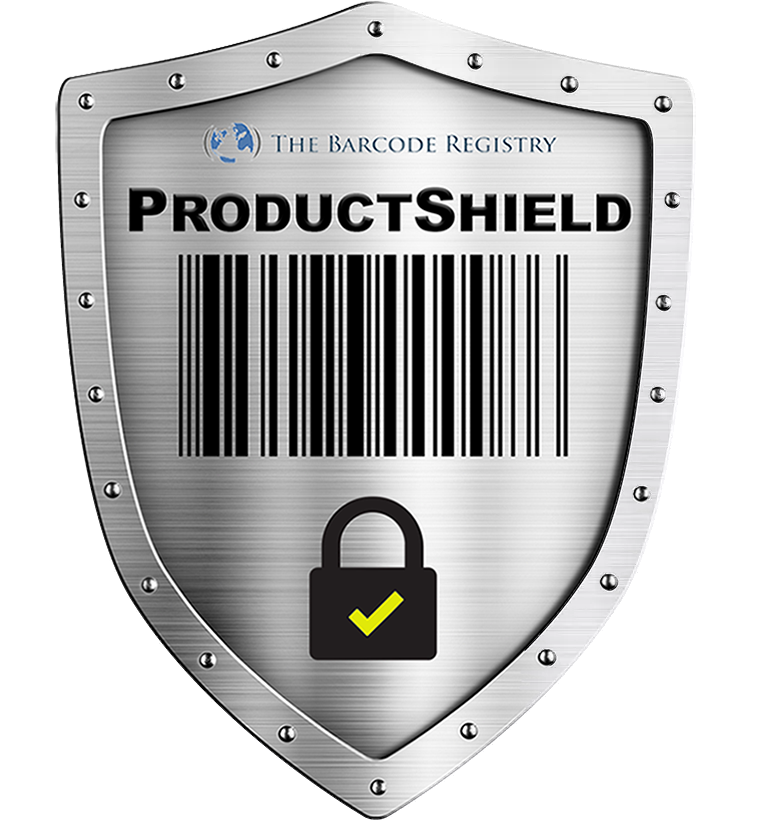The Evolution and Mechanisms of Barcode Technology
In the realm of inventory management, asset tracking, and numerous other applications, barcode technology has emerged as a cornerstone of modern logistics and data management systems. Its simplicity, efficiency, and cost-effectiveness have made it indispensable in a wide array of fields. This article delves into the workings of barcode technology, exploring the principles of symbology, the types of barcodes, and the technology behind scanners.
Understanding Symbology
At the heart of barcode technology lies the concept of symbology, which is essentially the language of barcodes. Symbology dictates how information is encoded, mapping out the structure that defines the start and end of each character or digit within the barcode. It is akin to a binary representation, where the sequence of black and white lines, or the absence thereof, conveys specific information. This method ensures that scanning devices can accurately interpret and decode the data embedded within the barcode.
Exploring Barcode Symbologies
Barcode symbologies can be categorised based on their structure and the method of encoding. There are two primary types:
- Continuous Symbology: Here, characters are represented by a sequence that begins with a black line and ends with a white space. This type of encoding allows for a seamless flow of information.
- Discreet Symbology: In contrast, discreet symbologies encode characters using a pattern of a black line, a space, and then another black line. This approach individually segments each piece of information for clarity.
Further, the encoding within these symbologies can vary in complexity, from simple systems that use two widths of lines to more intricate systems that utilize multiple widths to represent different characters.
The Evolution from 1D to 2D Barcodes
While the traditional line or linear barcodes, known as 1D barcodes, are familiar to most, technological advancements have led to the development of 2D barcodes or dataglyphs. Unlike their 1D counterparts, 2D barcodes can store a much larger volume of information through the use of dot matrices, creating patterns read by scanners. These patterns can range from circular arrangements to complex shapes embedded within an image, enabling a far more sophisticated data encoding system.
Scanning Technologies: Lasers and Beyond
The critical component in reading barcode information is the scanner, which typically employs a laser to interpret the data. In linear barcode systems, scanners measure the light reflected off the barcode, distinguishing between the black and white segments to decode the information. Calibration of the scanner is crucial to accurately read the specific type of symbology, whether it's continuous or discreet, 1D or 2D.For 2D barcodes, a more advanced image-based scanner is necessary due to the intricate patterns and the need to capture the entire image for decoding. These scanners, similar to those used in offices for scanning documents, can process complex data encoded in 2D barcodes, making them suitable for applications that require a significant amount of information, such as URLs for mobile phones.
Barcode technology, from its encoding principles to the scanners that read them, has profoundly impacted the way businesses and organizations manage information. Its evolution from simple linear codes to complex 2D symbologies demonstrates the versatility and adaptability of this technology. As we continue to explore new applications and improvements, barcode technology remains a testament to the power of simple innovations in transforming the landscape of data management and logistics.
The Barcode Registry: A Solution for Businesses
The Barcode Registry specializes in assisting companies to navigate the intricacies of barcode registration, offering a lifeline to those struggling with Amazon’s product listing requirements. Our services cater specifically to businesses utilizing non-GS1 sourced barcodes, providing expedited support and guidance through the registration process. Recognized by Amazon, The Barcode Registry stands as a trusted partner, ensuring that your barcodes comply with all necessary listing standards. Backed by a 100% money-back guarantee, we commit to offering peace of mind to our clients, affirming that their barcode registrations will meet Amazon’s stringent requirements. Our support extends beyond mere compliance, aiming to unlock the full potential of barcode technology for your business. By partnering with The Barcode Registry, companies can overcome the bureaucratic hurdles of barcode registration, thereby enhancing operational efficiency and solidifying their market presence.
Embracing the Future with Barcode Technology
Adopting barcode technology marks a transformative step for businesses, promising not just an enhancement of current operations but also setting the stage for future growth and innovation. In this digital age, the seamless integration of barcode technology into your business practices can pave the way for streamlined processes, improved inventory management, and a stronger connection with the marketplace.
Through services like The Barcode Registry (https://thebarcoderegistry.com ),businesses can navigate the initial challenges of barcode registration, ensuring a smoother transition into the digital marketplace. By overcoming these hurdles, companies can fully harness the benefits of barcode technology, driving efficiency, and expanding their market footprint.
